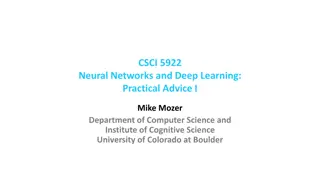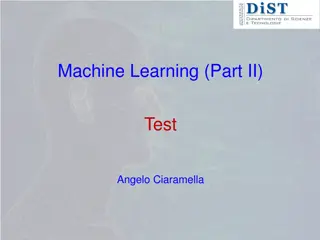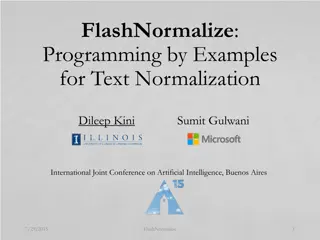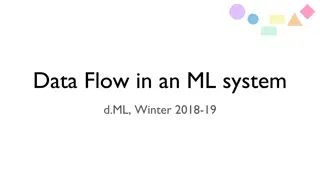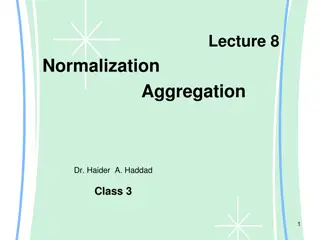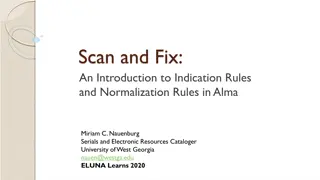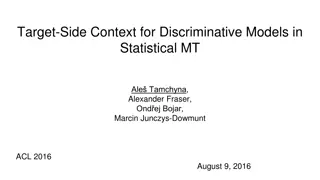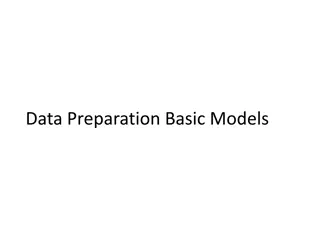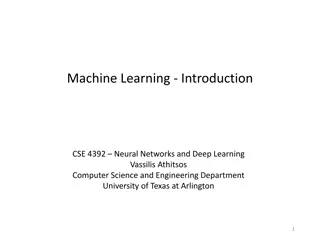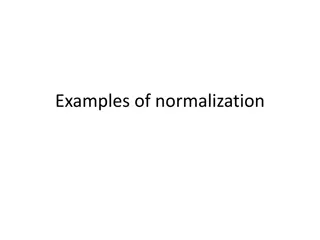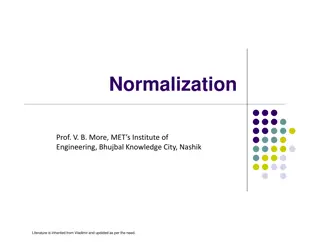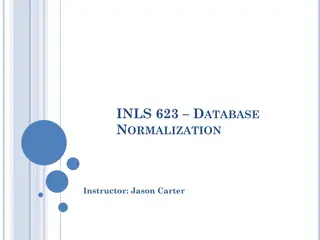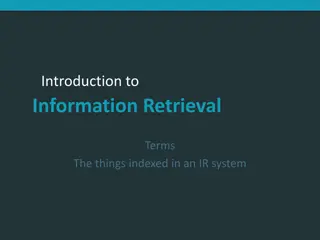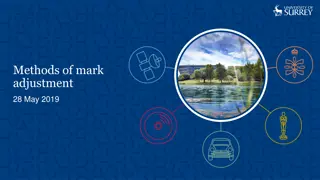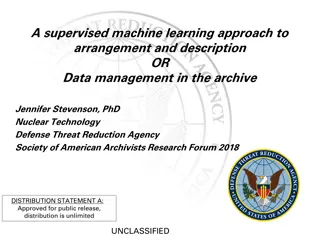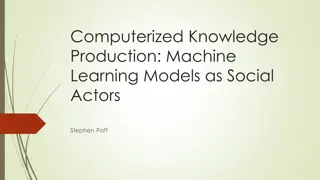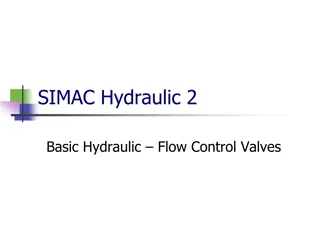Understanding Discriminative Normalization Flow in Machine Learning
Explore the intricacies of Discriminative Normalization Flow (DNF) and its role in preserving information through various models like NF and PCA. Delve into how DNF encoding maintains data distribution and class information, providing insights into dimension reduction and information preservation in machine learning models.
- Machine Learning
- Normalization Flow
- Information Preservation
- Discriminative Models
- Dimension Reduction
Download Presentation

Please find below an Image/Link to download the presentation.
The content on the website is provided AS IS for your information and personal use only. It may not be sold, licensed, or shared on other websites without obtaining consent from the author. Download presentation by click this link. If you encounter any issues during the download, it is possible that the publisher has removed the file from their server.
E N D
Presentation Transcript
Several Remarks on DNF Dong Wang 2020/10/05
Normalization flow An information preserved model Information = Variation How the variation is composed is another information Preserved in the transform, lost in the code
NF and PCA PCA: Gaussian + linear + ML NF: Gaussian + nonlinear + ML
Discriminative Normalization Flow LDA: Multi Gaussian + linear + ML DNF: Multi Gaussian + nolinear + ML + nonhomogeneous
No proof for a perfect DNF If we treat data without class info, then the NF can be well trained (even overfitting). For DNF, there is no proof that the NF model can be well trained, i.e., fully represent the data distribution well keep the class information. NF is just a shared transform.
DNF information preservation Preservation in the form of classification: if data can be well modeled by DNF, then classification based on x is equal to the classification based on z. Compared to NF, this is an informational encoding.
DNF information preservation DNF encoding does not necessarily destruct other information. DNF preserves all the information, however it arranges the information so that the target information can be represented by a simple model.
Dim-reduced LDA In LDA, consider that only part of the dimensions are discriminative. It turns out that the model is equivalent to dim-reduced LDA. Kumar, N., Andreou, A.G., 1998. Heteroscedastic discriminant analysis and reduced rank hmms for improved speech recognition. Speech communication 26, 283 297.
Subspace DNF For DNF, constraint class means in the subspace, we obtain nonlinear dimension reduction. Again, the dim of the subspace is not larger than the number of classes. Note that subspace DNF is NOT necessarily better than the fullspace DNF.
Factorization If we put classes of different types within their own subspace, then we can achieve nonlinear factorization.
Deal with missed labels Residual space are shared by all classes, which forms a partial NF. For data without class labels, it can be trained like a NF. Can be extended to multiple factors A general framework that perform deep supervised+unsupervised learning.
Review i-vector x = Tqws+ Dqe A GMM mixture model in the latent space ML training Bayes inference
Latent i-vector Directly map observation to latent space by NF To make the latent space easier to be modeled.
NDA with Conditional NF: deep i-vector Session variable
Direct model speaker distribution Speaker variable
What you are doing Speaker variable
Remarks NF is a nonlinear extension of PCA DNF is a nonlinear extension of LDA DNF with a prior is NDA, which is an extension of PLDA DNF remains all information, and make the information of the target factors in a simple form DNF offers a full generative model that can deal with missing labels NDA can be used to extend deep i-vector



